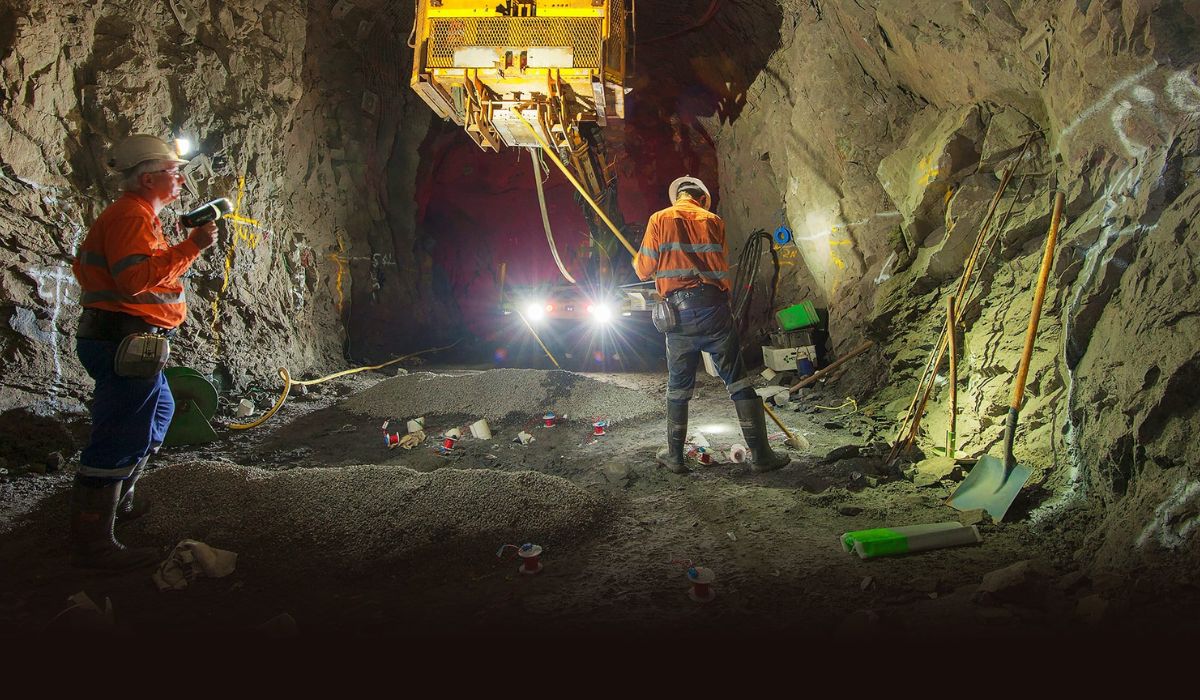Our story begins in the Tasman Sea, the body of water between Australia and New Zealand. It’s exactly here where the Lord Howe Island Group had been lying unperturbed until 1788. That year changed everything in the history of this lost place as British lieutenant Henry Lidgbird Ball discovered the central island of this group as he was on his way to nearby Norfolk Island. Having fulfilled his mission, Ball was heading home when he decided to claim a newly-uncovered territory for his country. At that time, nobody could’ve imagined the surprises this island would have in store for people decades later!
After Ball’s discovery, permanent settlements had already been established on the main island by 1834. Despite being just 6.2 miles long, Lord Howe Island represented (and still represents) an idyllic picture of a tropical paradise. As for the rest of the islands belonging to this group, they were mostly rocky volcanic landmasses.
Preview photo credit:
Lord Howe Island stick insect (Dryococelus australis) at Melbourne Museum: By Peter Halasz (User:Pengo), CC BY-SA 3.0 https://creativecommons.org/licenses/by-sa/3.0, https://commons.wikimedia.org/w/index.php?curid=13981580
Lord Howe Island phasmid: By Granitethighs - Own work, CC BY-SA 3.0 https://creativecommons.org/licenses/by-sa/3.0, https://commons.wikimedia.org/w/index.php?curid=15476183
Animation is created by Bright Side.
Subscribe to Bright Side : https://goo.gl/rQTJZz
----------------------------------------------------------------------------------------
Our Social Media:
Facebook: https://www.facebook.com/brightside/
Instagram: https://www.instagram.com/brightgram/
5-Minute Crafts Youtube: https://www.goo.gl/8JVmuC
----------------------------------------------------------------------------------------
For more videos and articles visit:
http://www.brightside.me/
A Scary Island That Has Been Keeping a Secret for 80 Years










